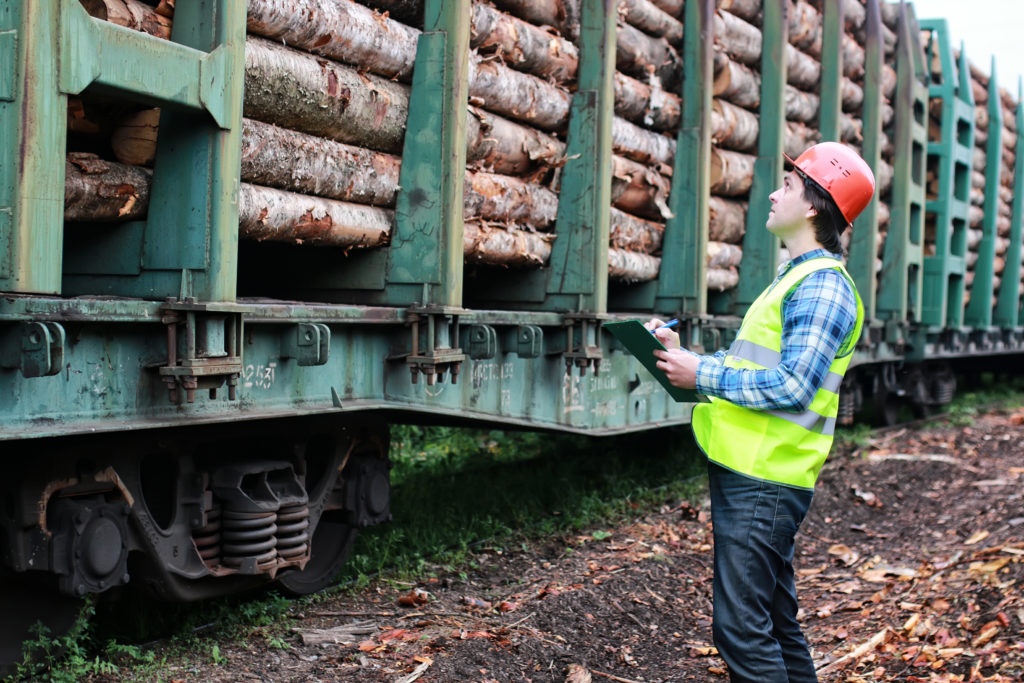
If there is one thing that the pandemic showed everyone, it is that it is a lot easier to shut down a country than to start it back up. These shutdowns had a cascading effect on every part of our country, including manufacturing and the supply chain. Everything—from parts, to grease, to tires, and everything else in-between—has had some kind of issue in availability. When you factor in the war in Ukraine, which has skyrocketed fuel prices, it is apparent that we have some real problems that we have to deal with as an industry.
In my world of safety, this has also caused a ripple effect, too! Whether it has been to offset the cost of fuel or the unavailability of parked equipment awaiting simple parts, employees have started overloading trucks to get added footage. The downtime on equipment puts a strain on the remaining equipment, if you even have any.
In order to pay the ever-increasing bills, we have kept trying to keep the production going in an upmarket. At times, planned maintenance has been put off, leaving older machines which already have issues to pick up the slack, while landings become full due to the lack of trucks or truck drivers. In my humble opinion, this is where safety matters most! Why? It is because you are doing things outside the normal scope of operations and potentially trying to run a little harder to get the extra couple of loads. Over the years, I have learned that loggers can adapt to almost every situation. Why not take some time and take a look at the “new normal” you may be dealing with right now. Take a look at and evaluate how safe your employees and equipment are. Short cuts may seem simple—and, in the short term, may make things seem easier—but we should think of the consequences when those same shortcuts cause accidents to happen.
















